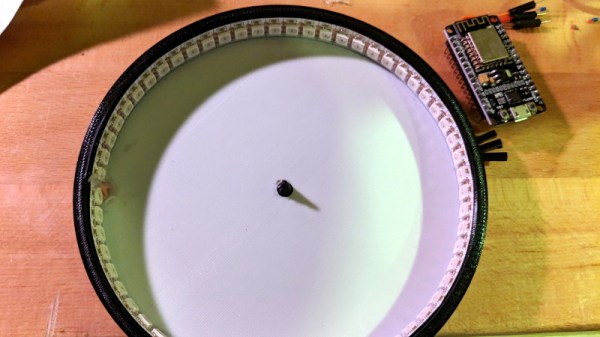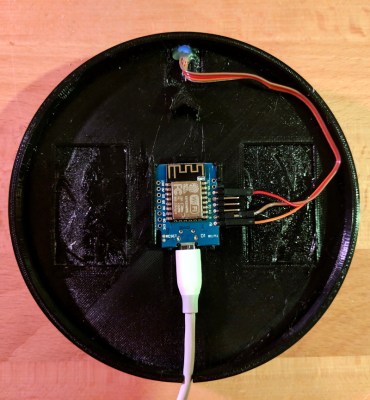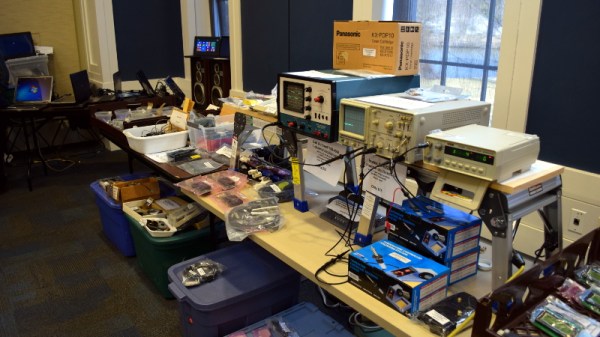Last year, mathematician and professional optical illusionist [Kokichi Sugihara] came up with an arrow that only points one way. Technically, it’s ‘anomalous mirror symmetry’, but if you print this arrow and look at it juuuussst right, it appears this arrow only points one way.
[Ali] had the idea to turn this arrow illusion into something motorized, and for that he turned to 3D printing. The models for the illusion arrows were already available, but there had to be a way to turn a single arrow into an art installation. For that, you just need a few 9g servos. [Ali] slightly modified his servos so they would turn a full 180 degrees, and designed a magnetic mount to allow easy swap-out of these arrows.
The servos are attached to a 3D printed frame with heat-staked threaded inserts, and driven by a Pololu servo driver. The effect is great, with multiple arrows twisting and turning but still only appearing to point to the right. [Ali] put together two videos of this arrow illusion, one that’s effectively a build guide, and of course all the STLs are available in a link in the description.





















